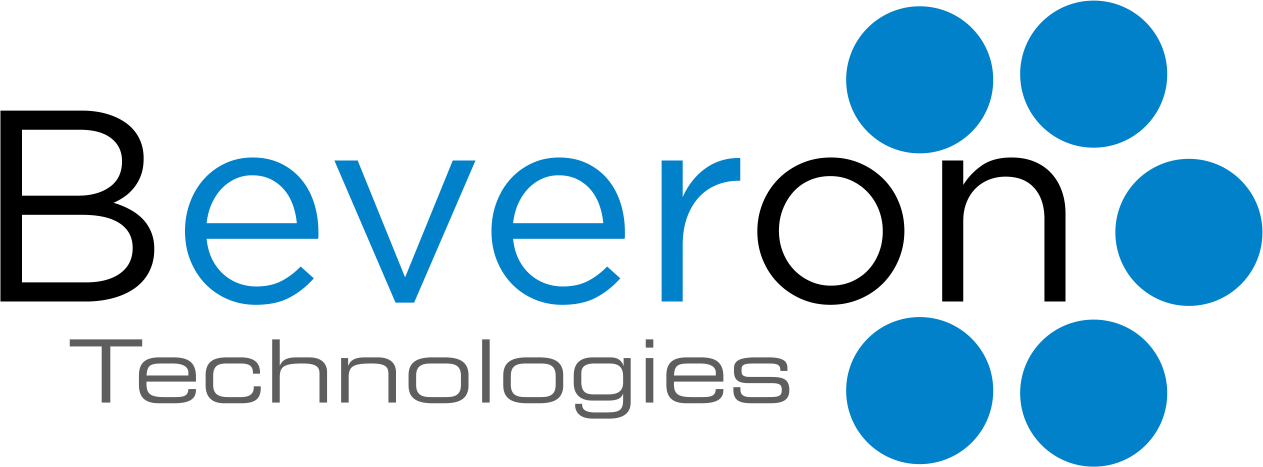

Explore five key ways cloud-based legal software is transforming corporate legal operations in Egypt...

This blog highlights how data-driven insights are empowering in-house legal teams in Kenya to improv...

This blog outlines the essential best practices in-house legal teams should follow to maximize effic...

Legal automation software, while highly beneficial, does come with its fair share of challenges. One of the primary concerns is ensuring data security and compliance with legal regulations, given the sensitivity of legal documents and client information. Integration with existing systems can be a challenge, as not all software solutions seamlessly fit into a firm's infrastructure. Additionally, user adoption and training are critical, as lawyers and staff may resist changes to their established workflows. Customization can be complex and may require significant time and resources. Finally, staying up to date with evolving technology and ensuring the software remains relevant in a rapidly changing legal landscape is an ongoing challenge. Overcoming these challenges is essential to maximize the benefits of legal automation software while maintaining the highest standards of security and performance.
The legal industry, traditionally known for its meticulous attention to detail and complex processes, is undergoing a seismic shift with the advent of legal automation software. While these technological advancements promise increased efficiency and accuracy, they also come with a unique set of challenges and considerations that legal professionals must address. Here we delve into the multifaceted landscape of adopting legal automation software, exploring the hurdles that come with the promise of progress.
As legal automation software paves the way for a more streamlined and efficient legal industry, it's crucial to acknowledge and address the challenges and considerations that come with this transformation. By openly addressing ethical, operational, and technological concerns, legal professionals can harness the power of automation while preserving the core values and integrity of the legal practice. Adapting to this new era requires a holistic approach that embraces technology's potential while ensuring that the pursuit of progress doesn't compromise the essential qualities that define the legal profession.
Smart legal counsel is the best Legal automation software offers substantial advantages, but it also presents certain hurdles. Ensuring data security and compliance with legal regulations is a primary concern due to the sensitivity of legal documents and client information. Integrating the software with existing systems can be problematic since not all solutions seamlessly align with a firm's infrastructure. User adoption and training become pivotal, as legal professionals and staff might resist changes to their established workflows. Customization can be intricate and time-consuming. Lastly, keeping the software up-to-date to remain relevant in the ever-changing legal landscape is an ongoing challenge. Overcoming these challenges is vital to maximize the software's benefits while maintaining rigorous security and performance standards.
Best legal automation software in UAE
Best legal automation software in Oman
Best legal automation osftware in Dubai
If you need free demo on best legal automation software, please fill the form below